
Bamidbar: The Right Neighborhood
Being close to Moses, our greatest lawgiver of all times, the tribes of Judah, Issachar and Zebulun were marvelously influenced for posterity...
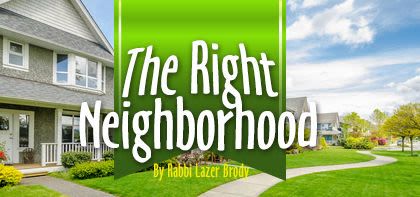
"Those who encamped before the Tabernacle to the front, before the Tent of Meeting to the east, were Moses and Aaron and his sons…" (Numbers 3:38).
Rashi comments on the above passage and tells us that Moses and Aaron camped in proximity of the banner of the encampment of Judah, which included Zebulun and Issachar. Rashi says that since the tzaddik lives a good life, his neighbors are influenced and they too live good lives. We also learn from Rashi that the "good life" means a life of spiritual riches and Torah excellence, for he cites Psalm 60:9 that says, "Judah is my lawgiver".
Being close to Moses, our greatest lawgiver of all times, the tribe of Judah was marvelously influenced for posterity. The tribe of Issachar attained an unsurpassed level of Torah wisdom (see Chronicles I, 12:33); they mastered the inner secrets of creation and learned how to arrange the lunar calendar without upsetting the  synchronization of the four seasons with the solar calendar, an accomplishment that no one else in history ever did to this day.
synchronization of the four seasons with the solar calendar, an accomplishment that no one else in history ever did to this day.
For example, the Moslems too have a lunar calendar, but sometimes their holiday month of Ramadan comes out in the winter and sometimes in the summer. Only the Jewish People, in a tradition handed down from the tribe of Issachar, know how to make leap years and leap months so that the lunar months are synchronized with the solar seasons. The result is that Succoth always comes out in autumn and Pesach in the springtime. Our sages tell us that two hundred heads of the Sanhedrin, the main rabbinical court in the Holy Temple, came from the tribe of Issachar. The tribe of Zebulun, who encamped with Judah and Issachar in close proximity to Moses and Aaron, became renown ritual scribes (see Judges 5:14).
The Yerushalmi Talmud gives us an amazing insight into nature. We learn that in a place of flowing freshwater, kosher types of fish – those with fins and scales – do not mingle with unkosher types of fish (see Yerushalmi, tractate Avoda Zara, chapter 2, mishna 9). In other words, in a place where the water flows such as rivers and streams, as opposed to place where the water is stagnant, like a pond, kosher fish don't mix with other types of fish.
They above teaching from the Yerushalmi has far-reaching ramifications. By virtue of the flowing freshwater principle, Rabbi Yehuda HaNassi certified three-hundred barrels of freshwater fish merely by making a few random samples. He knew that if there were a few kosher fish at the top of the barrel, there would not be any unkosher fish in the barrel. To many, this appeared to be an incredibly lenient ruling. Yet ultimately, when all three hundred barrels were sold, opened and inspected, not a single unkosher fish was found. In a place of flowing freshwater, fish of the kosher and non-kosher types simply don't mix.
Throughout Torah literature, "flowing freshwater" is a frequently-used metaphor for Torah, as opposed to stagnant water, the breeding area of snakes, mosquitoes and other types of undesirable creatures, a symbol of the Torah-deficient world. The Yerushalmi Talmud is teaching us that in a flowing freshwater area – a neighborhood of Torah-observant families – one has the best prospect of living an upright life and raising upright children. That's why Rabbi Yossi ben Kisma, when offered a highly lucrative rabbinical post in a non-observant area, refused; he replied, "I will only live in a place of Torah" (Avot 6:9). Just as a person who traipses in swamps – a classic example of a dangerous place of stagnant water – is liable to encounter all sorts of snakes and undesirable creatures. He won't find the "kosher fish there, for their habitat is the flowing freshwater. The salmon don't live near or associate with snakes.
Don Yitzchak Abarbanel, one of our foremost sages from the Golden Age in Spain, writes in his commentary on the Pesach Hagadah that by virtue of the Jewish People in Egypt living together in their own isolated neighborhood, not a single Jew assimilated in the 210 years of the exile in Egypt. This was also one of the reasons – together with preserving the Hebrew names, their Hebrew language, and their traditional garb – that enabled them to merit their redemption from bondage.
The positive influence of a Torah environment is priceless. May Hashem gather us all together soon and enable us to live together in the Land of Emuna, and with our own eyes see the rebuilding of our Holy Temple and the coming of Moshiach, speedily and in our days, amen!


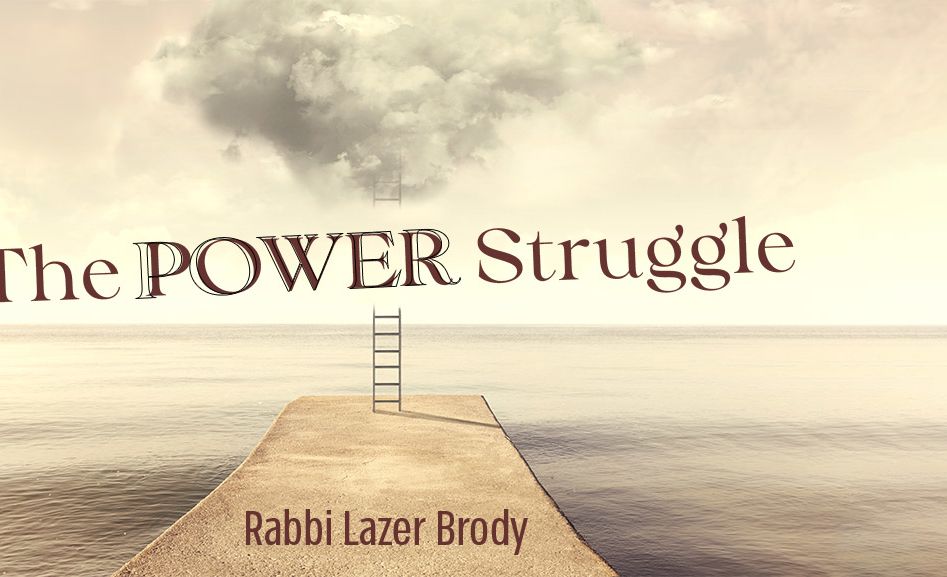


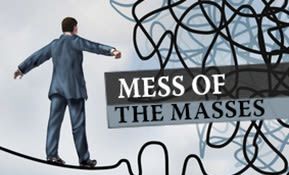
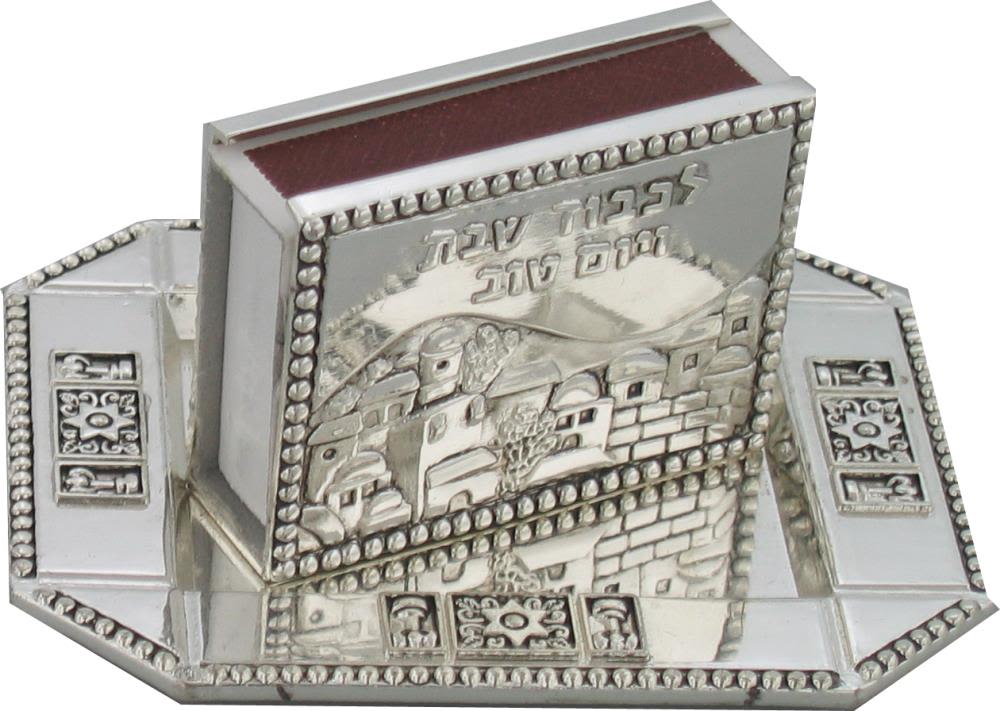
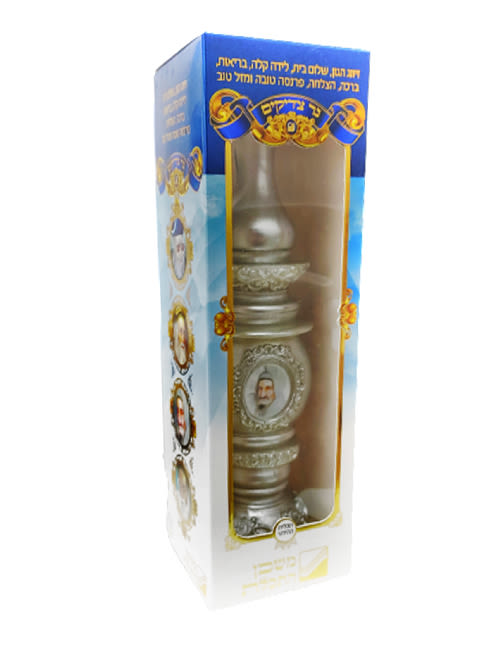
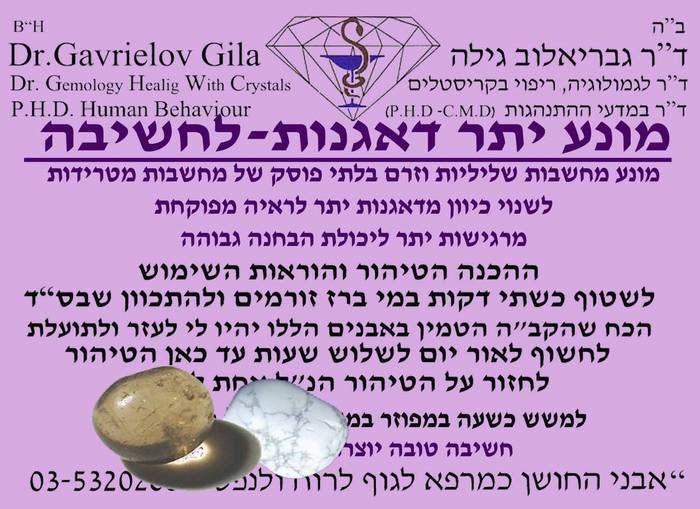
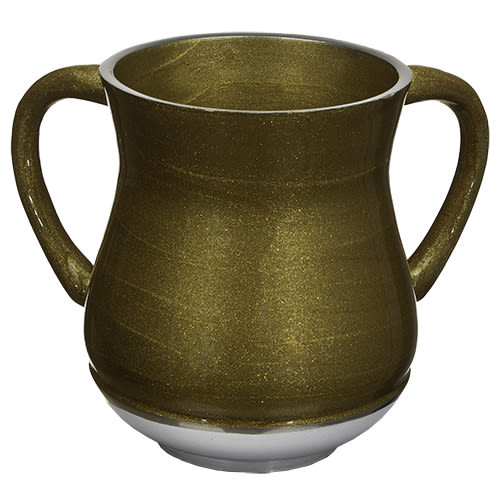
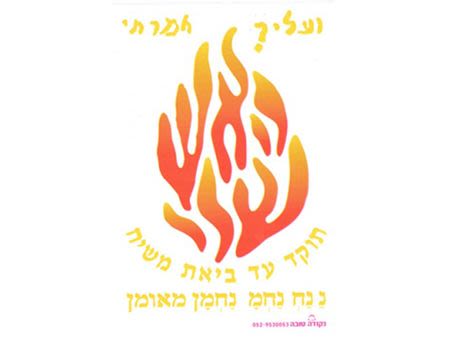
5/22/2014
Our Spiritual Neighborhood is what our mind is occupied with. Not so long ago, we interacted much more with our neighbors in our physical neighborhoods. I don't doubt that their presence although not seen to often has an impact. Now with the advent of iPhones and social media, our neighbors seem to have shifted to who we are connecting with this way. There is much to be said, but I will leave it at this point. Messiach should come very soon!
5/22/2014
Not so long ago, we interacted much more with our neighbors in our physical neighborhoods. I don't doubt that their presence although not seen to often has an impact. Now with the advent of iPhones and social media, our neighbors seem to have shifted to who we are connecting with this way. There is much to be said, but I will leave it at this point. Messiach should come very soon!
5/18/2014
What kind of Torah neighborhood? It depends on whether the neighborhood is a place of Torah in people's hearts, not just people's clothes. A true Torah neighborhood is one where Jews follow halacha, study Torah AND care about their neighbors. They do not scowl at each other, get each other's children kicked out of their schools, spit at religious jewish girls on the street or keep their neighbors awake at all hours with shiputz or blaring klezmer music. There is more to a Torah neighborhood than the outward appearances.